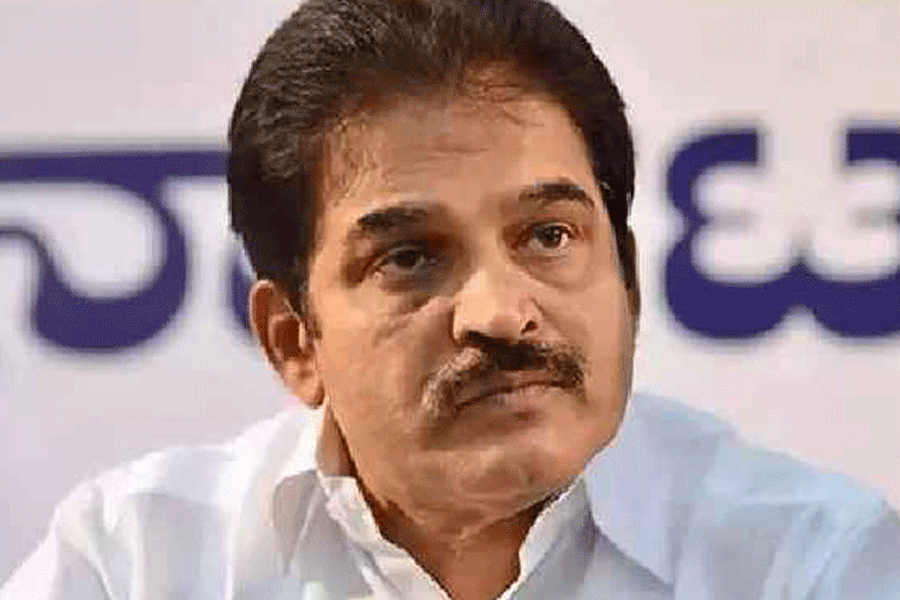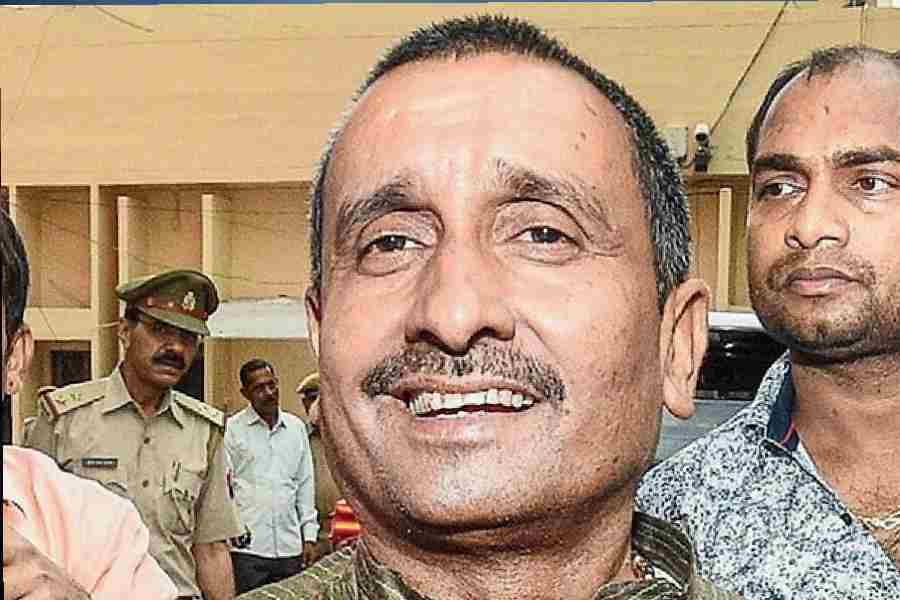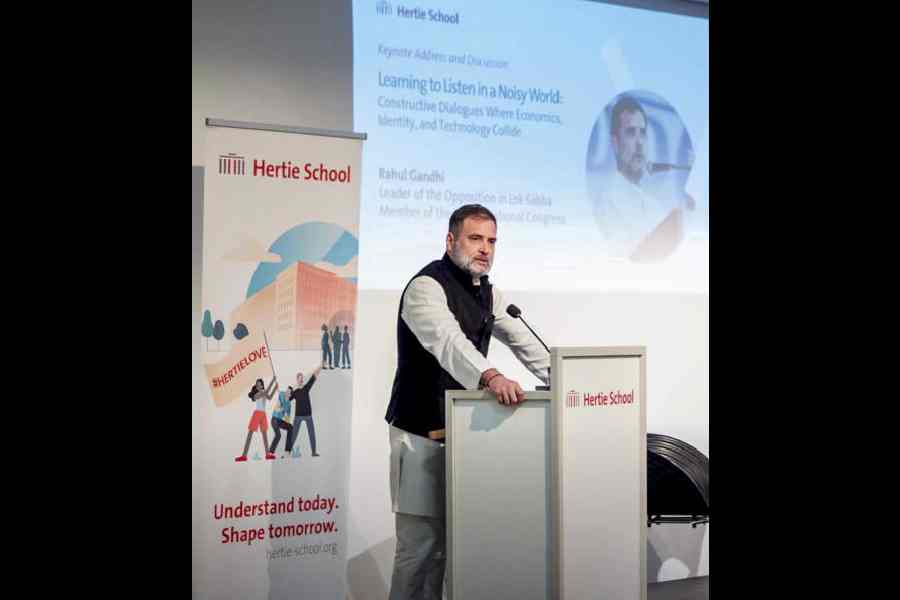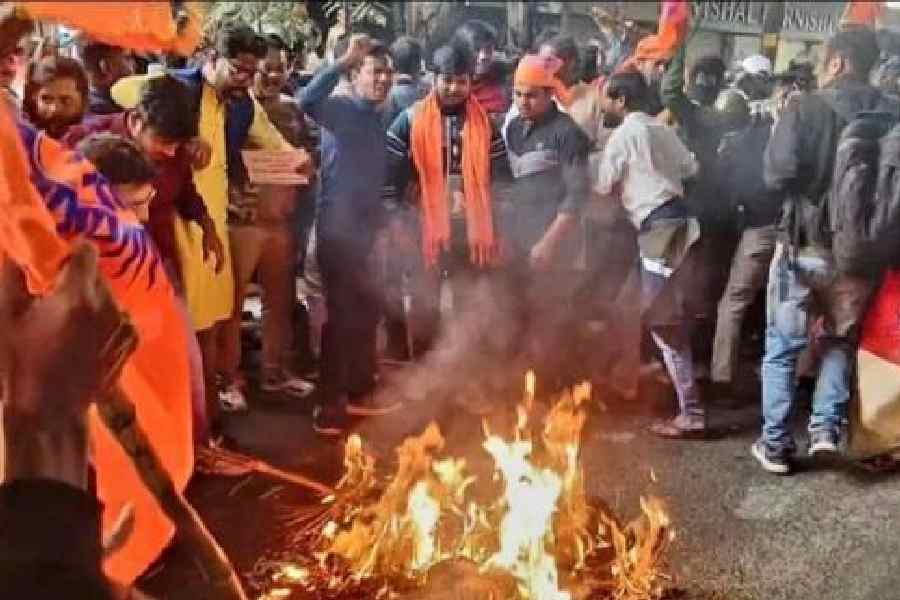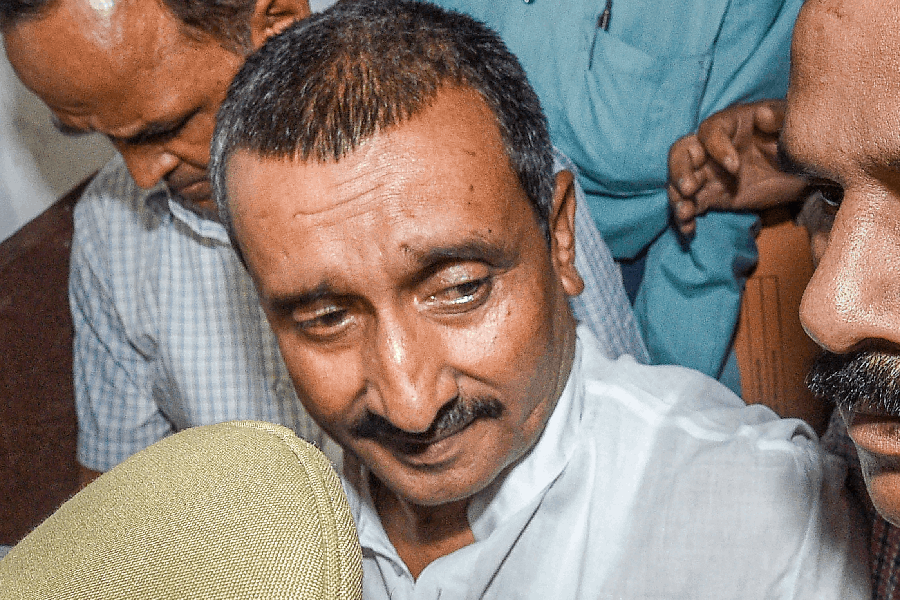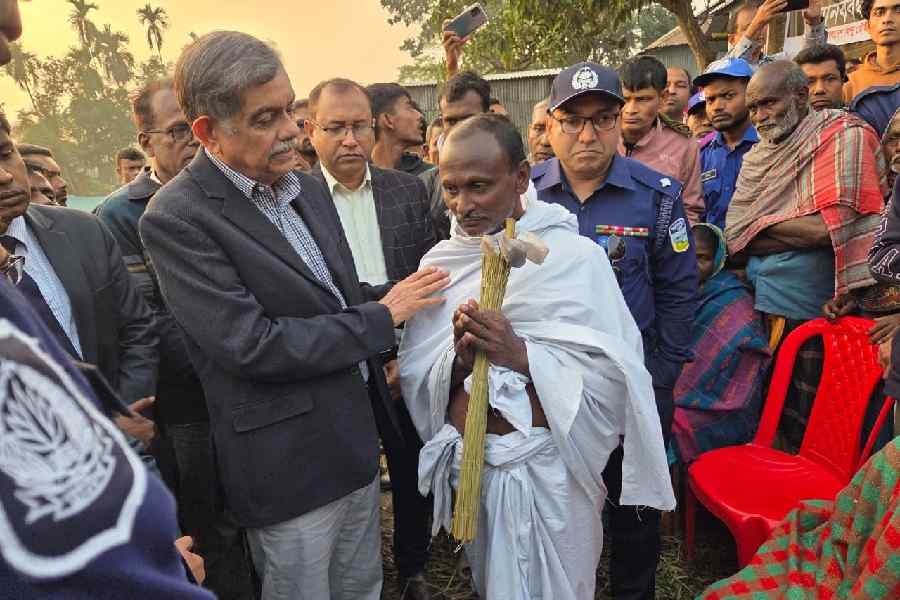Jorhat, June 24: The Asam Sahitya Sabha made a commitment to work for the preservation, growth and propagation of the Assamese language and to bring uniformity in spelling, grammar and compound letters at a five-day national workshop and seminar that got under way here today.
But at the same time, language experts expressed fears that the day might not be far when Assamese was no longer a recognised Indian language or was on its way to extinction for reasons other than merely degradation.
Delivering the keynote address at the inaugural session at the J.B. College auditorium here, Ramesh Pathak, an Assamese language expert, said the criteria for according recognition to a language was the number of people speaking it, but because of political reasons, it was seen in the last census that many indigenous communities identified themselves with the languages they spoke like the Bodos, the Tiwas and the Karbis, among others.
“Likewise, if the Muslims residing in the char areas of Assam also profess that their language is Bengali, then the Assamese speaking people would become a minority, although the state’s lingua franca may be Assamese. This is a situation which the sabha might not have envisaged and we should ensure that such a situation does not arise when Assamese becomes a second language in the state,” he said.
“The findings of the National Linguistic Survey, which was started in 2007 and will be published in 2017, will make our position clear,” he added.
Pathak said the Assamese community had made an irreversible mistake by not taking different ethnic communities like the Bodos, the Rabhas and the Misings into confidence during the language stir, which was aimed at making Assamese the medium of education in the state.
He added that these communities were now shunning Assamese and working to make their respective languages the medium of instruction in schools in order to assert their identities, although all these tribes were bilinguals and could not live in isolation.
“A curriculum should be worked out so that both the languages get equal importance in the primary level in schools and the different communities do not suffer at the higher level,” he said.
Another reason for the apprehension is a report published by Unesco in February this year, which states that 6,000 languages of the world had become extinct, and if this trend continued, only 3,000 might survive after 100 years.
“Just as larger economies are dominating and gobbling up smaller ones, another danger of globalisation is the widespread use of other mediums of communication like English, Arabic, Spanish and French, thereby making languages spoken by smaller populations endangered or extinct. The day may not be far when Assamese becomes a language like Tai Phake,” he said.
Pathak took a dig at those intellectuals in society who were most vociferous in their support for the language but “often sent their children to English medium schools”.
The sabha’s secretary, Parmananda Rajbongshi, appealed to language experts to unite and work for preservation of Assamese.
The president of the sabha, Rong Bong Terang, inaugurated the session today.
Rajbongshi said the Sabha was working on writing an encyclopaedia on Assam tea, Axomor Janajatir Kox, for the last two years, along with a programme to teach the language to expatriates and others interested in learning Assamese through the Internet.
An initiative was also on for teaching other indigenous languages of the state, he added.
Bhagawan Chandra Morol, another expert on the subject said Assamese was not wholly derived from Sanskrit, and also had its origins in middle Kamrup, as many words were different from Sanskrit.


